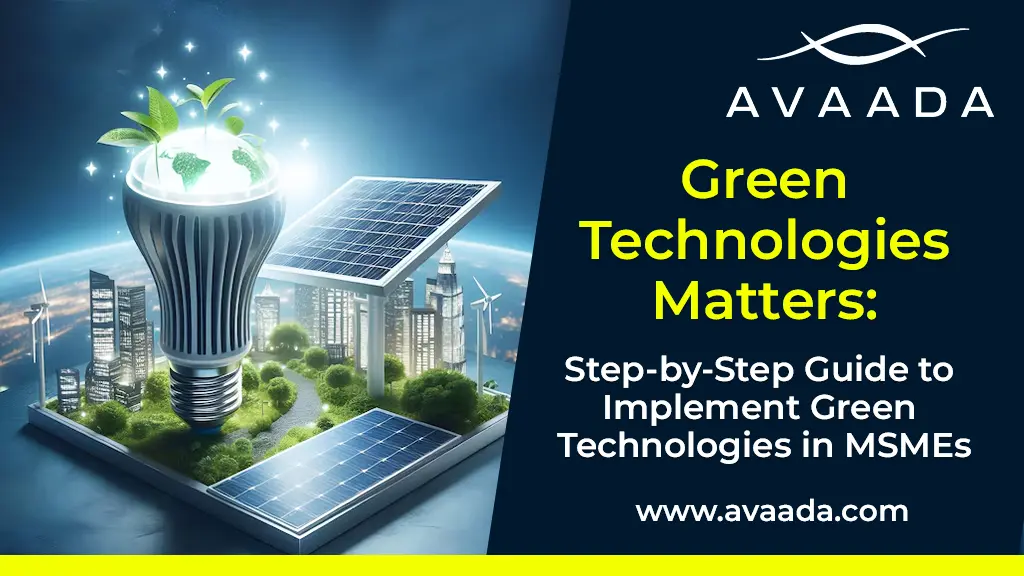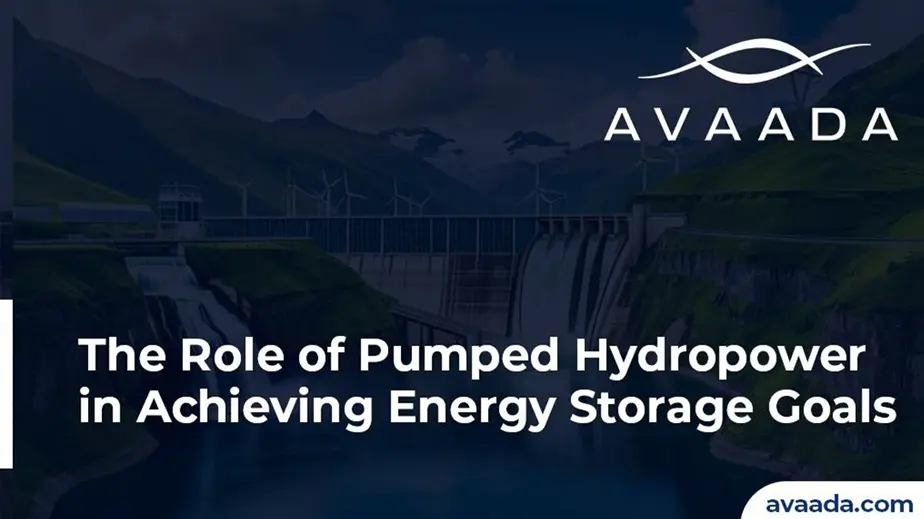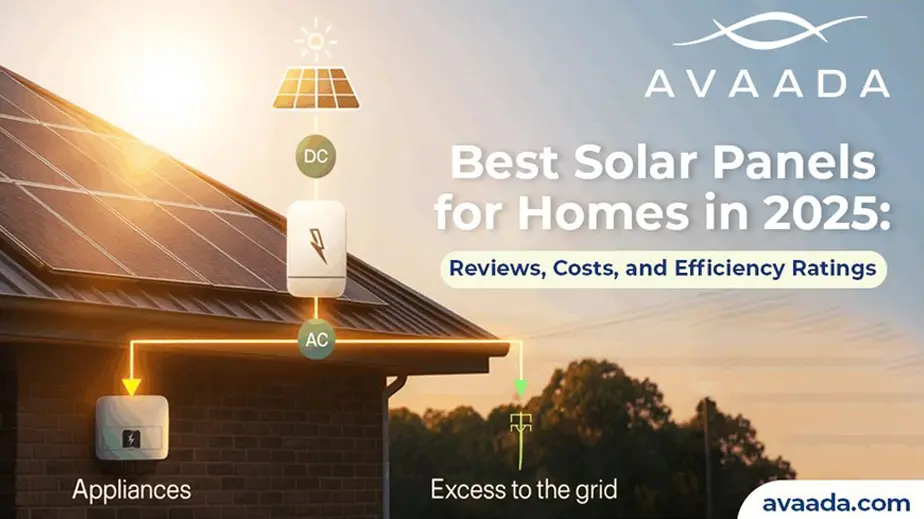MSMEs form the backbone of most economies, providing significant employment and GDP contributions. If left unchecked, their environmental impact can be quite significant. With the adoption of green technologies, MSMEs can achieve sustainability, reduce operational costs, and improve competitiveness. Here is a step-by-step guide on how to implement green technologies effectively within your MSME.
Why Green Technologies Matter
Green technologies are innovations that reduce environmental damage by lowering carbon emissions, resource consumption, and energy use. For MSMEs, the benefits include:
- Cost Savings: Lowered energy and material consumption reduce the costs of operation.
- Regulatory Compliance: Keeping pace with changing environmental regulations.
- Market Advantage: Luring eco-friendly consumers and investors.
- Resilience: Enhanced responsiveness to future environmental and market shifts.
Step 1: Know Your Current Environmental Footprint
The journey begins with understanding your starting point. Conduct an environmental audit to identify:
- Energy consumption: Review electricity, fuel, and other energy inputs.
- Waste Generation: Calculate waste generated during operations.
- Water Usage: Analyze water usage and wastage.
- Material Usage: Review raw material inputs and outputs.
This will help you pinpoint areas that can be improved most.
Step 2: Establish Sustainability Objectives
Set clear, measurable, and achievable sustainability goals, such as:
- Energy use reduction by 20% within two years.
- Waste reduction by 15% per annum.
- Renewable energy sources shall be increased up to 50% within three years.
These should be aligned with your business strategy to ensure the goals achieve environmental and economic advantages.
Discover how 5 Renewable Energy Projects to Watch in the UAE.
Step 3: Explore Green Technologies
Explore technologies relevant to your industry and needs. Some examples are:
- Energy Efficiency: LED lighting, energy-efficient machinery, smart sensors.
- Renewable Energy: Solar panels, wind turbines, and biomass energy.
- Water Conservation: Rainwater harvesting and water recycling systems.
- Waste Management: Composting, recycling, and upcycling solutions.
Consult industry experts, attend green tech expos, and leverage government initiatives promoting eco-friendly technologies.
Step 4: Secure Financing
Adopting green technologies requires upfront investment. Explore funding options such as:
- Government Grants: Many governments provide subsidies or tax breaks for sustainable initiatives.
- Green Loans: Banks and financial institutions provide loans on preferential terms for green projects.
- Partnerships: Engage with NGOs or corporates interested in sustainability.
A robust business case with long-term savings can also attract private investors.
Step 5: Train Your Workforce
A well-trained and informed workforce is necessary for the smooth implementation of green technologies. Design training programs to:
- Train the employees about the importance of sustainability.
- Explain the operation and maintenance of new technologies.
- Create an eco-friendly culture in the organization.
Step 6: Deployment of Green Technologies
Pilot projects to pilot test the viability and obtain baseline data.
Step 7: Monitoring and Optimization
Ongoing monitoring ensures that the technologies perform as expected. The KPIs include:
- Energy bill savings.
- Lower waste disposal costs.
- Improved resource utilization rates.
Leverage IoT devices and software to gather real-time data and identify areas for further optimization.
Step 8: Communicate Your Achievements
Share your green milestones with stakeholders through:
- Marketing: Highlighting sustainability efforts in your branding and campaigns.
- Certifications: Obtaining eco-labels like ISO 14001 to build credibility.
- Reports: Publishing annual sustainability reports to showcase progress.
Transparency not only enhances your reputation but also inspires others to adopt similar initiatives.
Explore our blog on Decoding the Impact: Why Green Hydrogen is Essential for a Cleaner Future.
Challenges and Solutions
Green technologies pose slight challenges in their use, including:
- High Initial Costs: These costs are recuperated by lifetime savings and available incentives.
- Resistance to Change: Overcome through education and involvement with stakeholders.
- Limited Expertise: Many consulting partners or green tech providers address this.
Conclusion
The transition to green technologies is the most important step for MSMEs to thrive in a world that is constantly changing. This may seem intimidating, but by following a plan, it ensures that the step is taken into effect. With sustainability, MSMEs ensure that they safeguard the environment, but at the same time open up new avenues of growth, paving the way for a bright, greener future.









